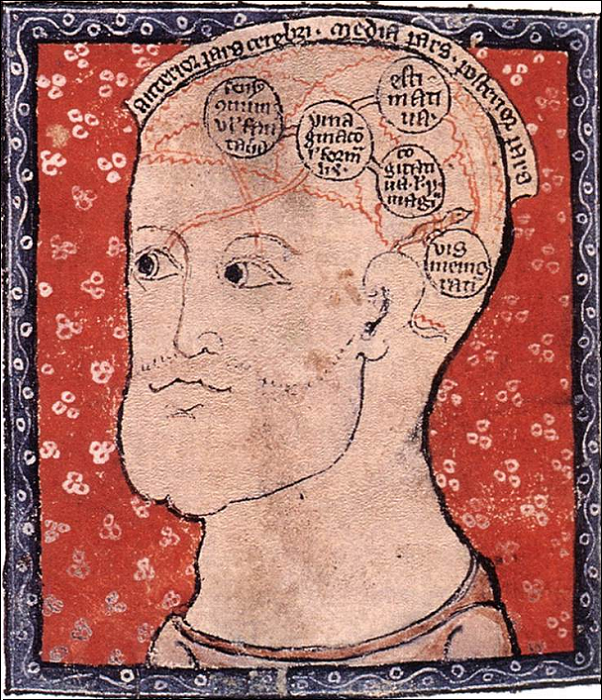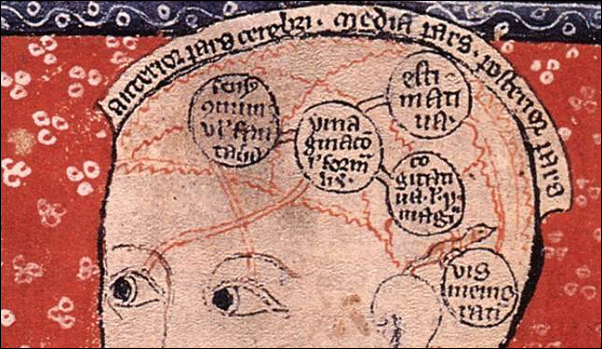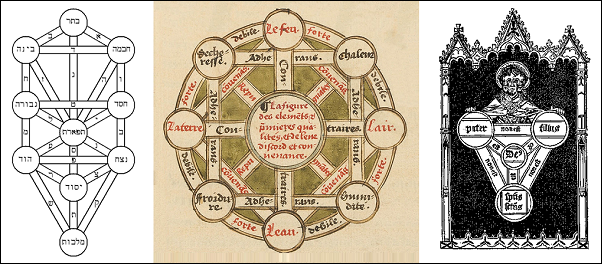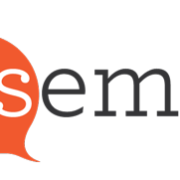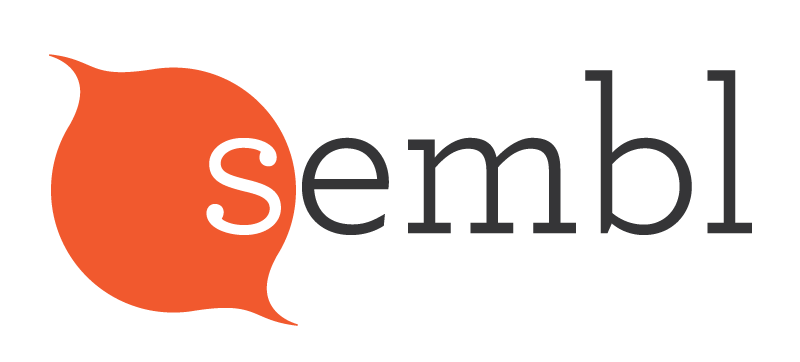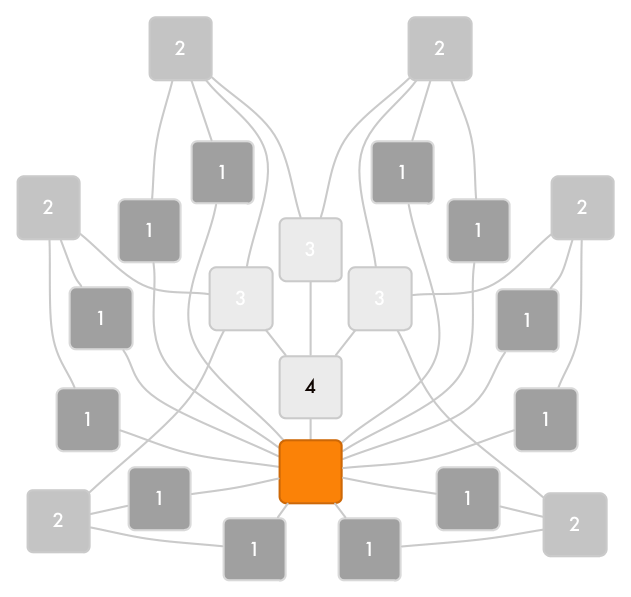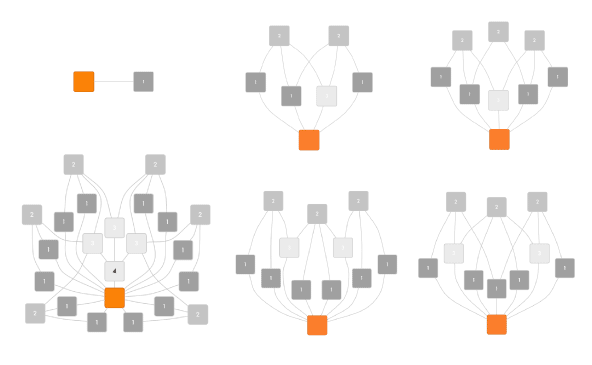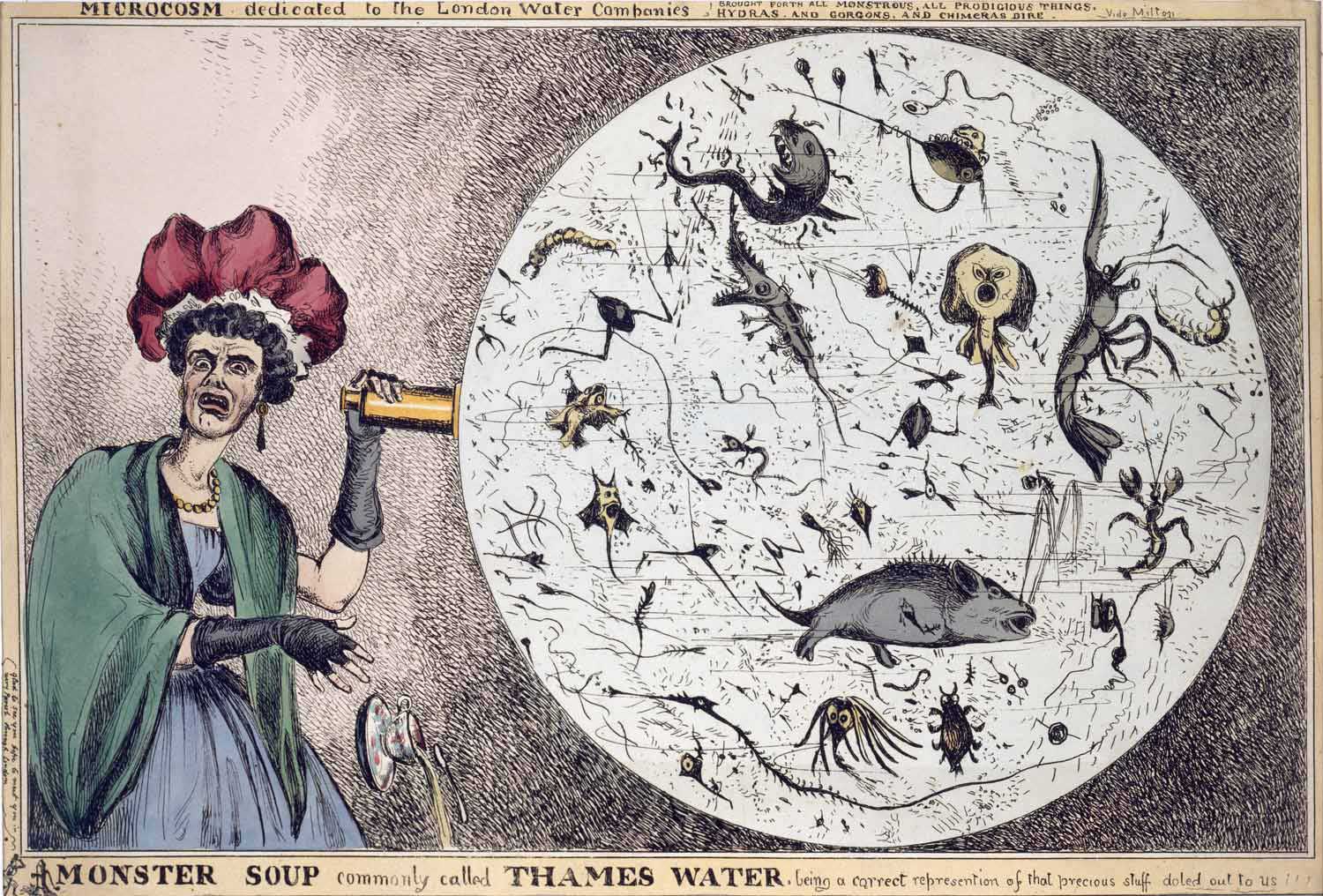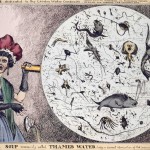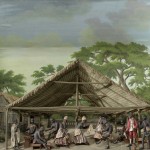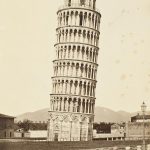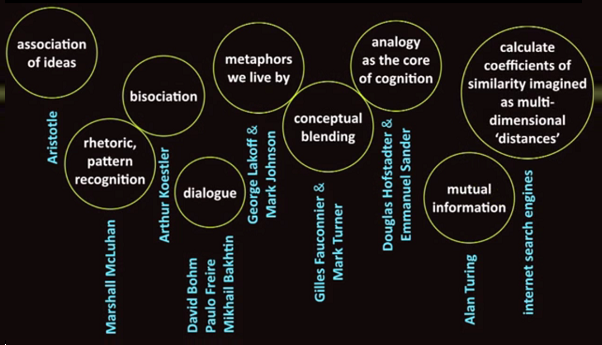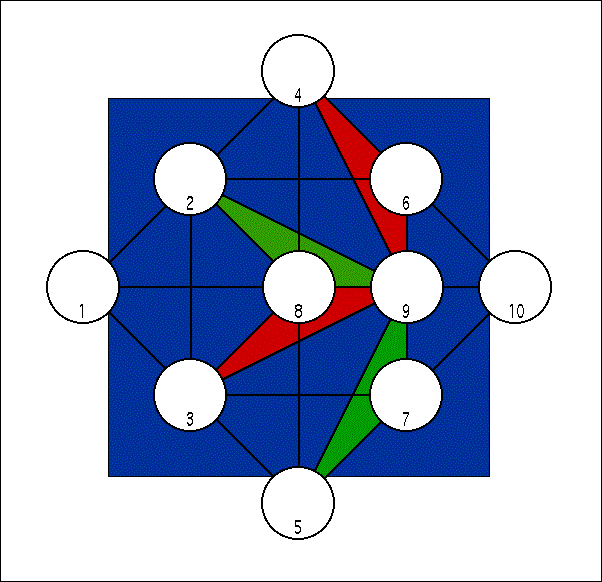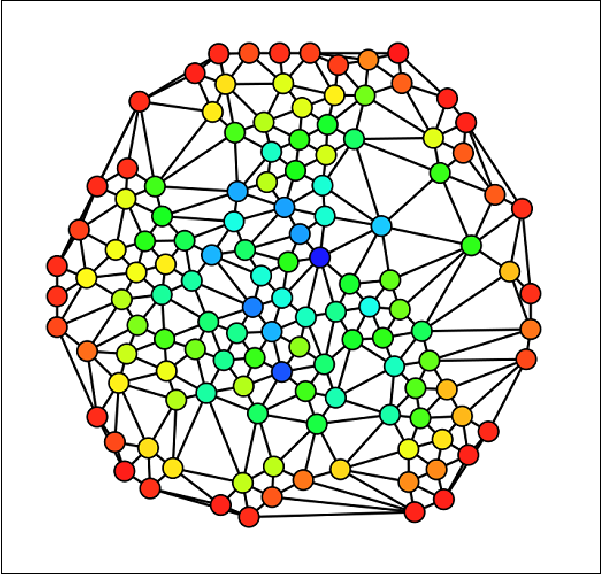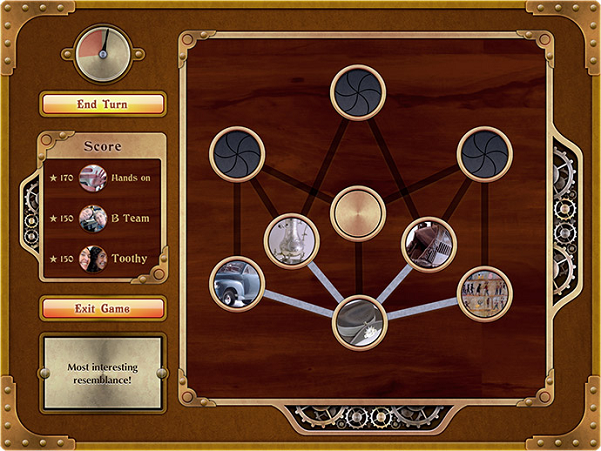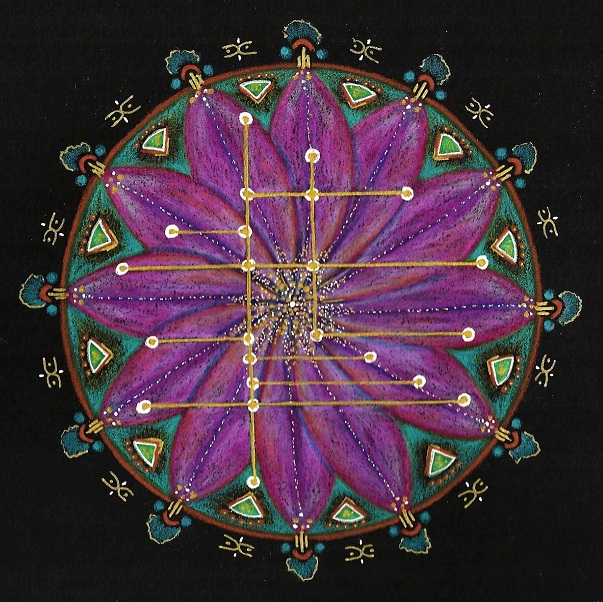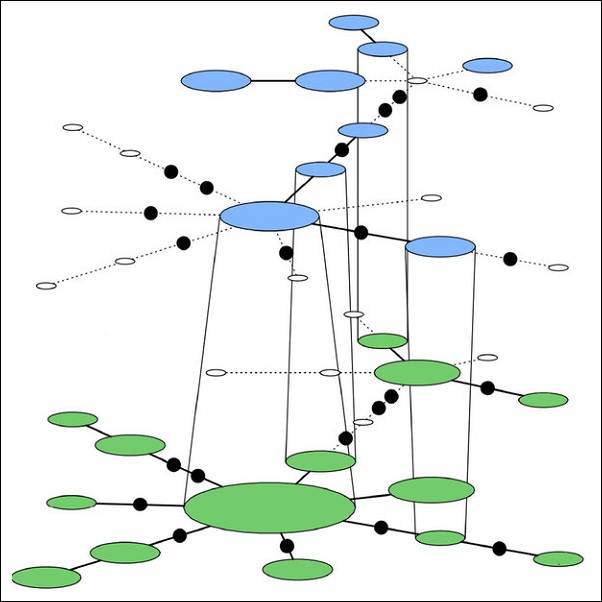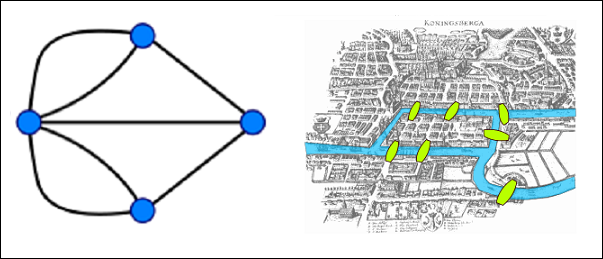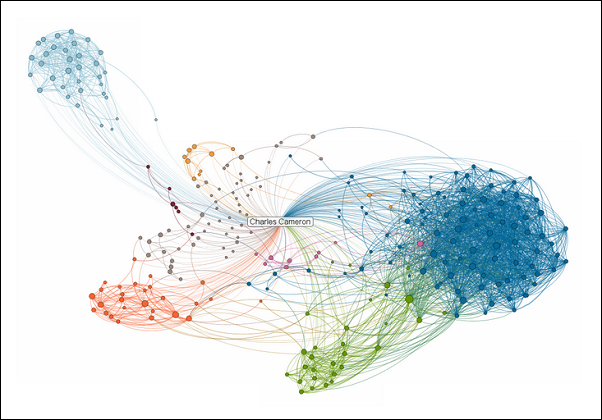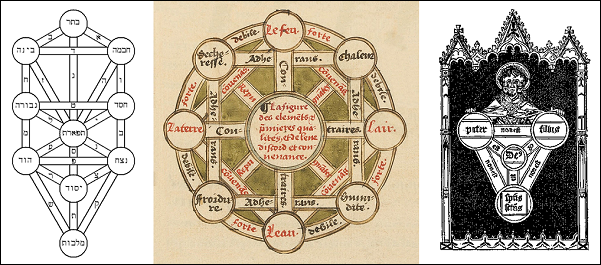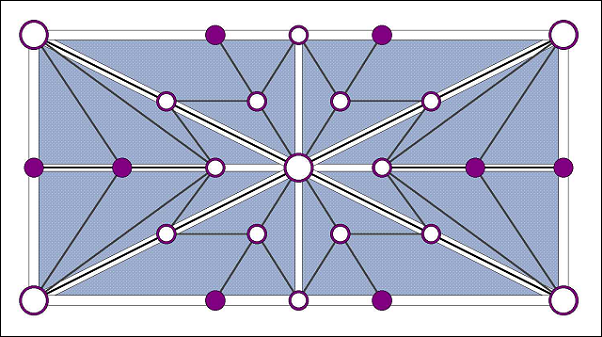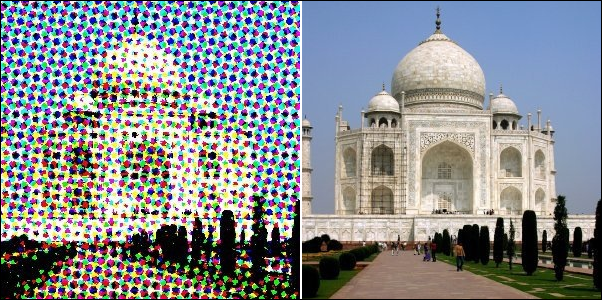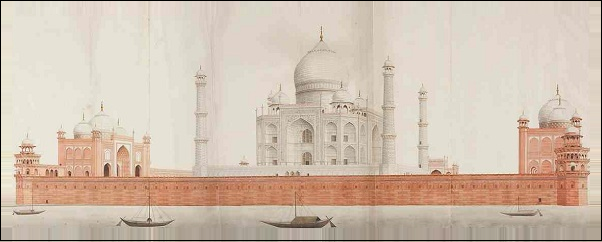Peace is a bridge
Crafting an entry for the Peace App competition, I came to see the extent to which peace depends on stereophonic thinking – or dialogue in the radical sense deployed by Paulo Freire, David Bohm and so on. It didn’t surprise me – Charles (Sembl’s progenitor) is a kind of peace activist, intervening as he does in the realm of religious violence and global conflict. But for this competition I fine-tuned into the consonance of ‘sembl thinking’ and the project of working for peace and justice.
As it happens Sembl didn’t win, so I here record my thoughts on Sembl and peace-building.
My point may be summed up in the metaphor ‘peace is a bridge’.

Peace is a bridge. Los Angeles County Museum of Art
It’s not as simple as you think. (It seldom is, right?) Partly, the insight is that it’s important to find a way to meet between two opposing sides. In the middle of the bridge you can see both sides equally. That’s the obvious part.
Less obvious but equally important to the peace mission is that when you cross all they way over, you gain a new perspective on where you came from. The kicker is that you don’t actually have to even concentrate, specifically, on the opposing sides, in order to come to new understandings of that conflict, the social structures and historical legacies that fuel it. To foster peace, a bridge doesn’t have to cross the front line; it can go anywhere.
As Charles is wont to say, in Sembl every move is a creative leap. It’s about playing with concepts – diverting your mind in order to come to a some new understanding of what happens in relationships – especially those involving difference or conflict. To illustrate, here are some examples from my recent games:
- The notion that the military is invincible can be used to sell cigarettes and support for war alike; in the context of a Christian culture it draws power from the story of Jesus’ resurrection, fuelling a sense of righteousness.
- Children are always drawn into war – in these examples their food is rationed and they are used to advertise cigarettes for sailors; in real life they are also directly, horrifically, involved – as in the recent Peshawar attack.
- We take care of soldiers, inside and out – as well as all the resources that go into weapons and armour and directly serving warfare, there are plenty more resources deployed to indirectly support it, including the psychological support offered by and required of women and children. What a waste.
- Thinking more broadly about conflict, difference and Otherness, negotiating relationships can be challenging – whether personally, through diplomacy or culturally, through immigration – and in every case, hospitality has its limits.
Aside from any particular insights that this diversionary approach to peace-building generates, as a method it’s a bit magical. For better or worse, most people prefer to be in control of their own learning, to assimilate new information in their own way, if and when and how they like. Presented with a worldview in stark contrast with their own, it’s difficult for anyone to instantly or simply adopt it. And if a peace offering feels disciplinary in any way, it will generate resistance counterproductive to the mission.
Sembl is not pinpointedly concerned with peace and justice, but to my mind – and in my experience – that’s exactly where and how it intervenes. It allows players to find their own way, to build their own bridge.


